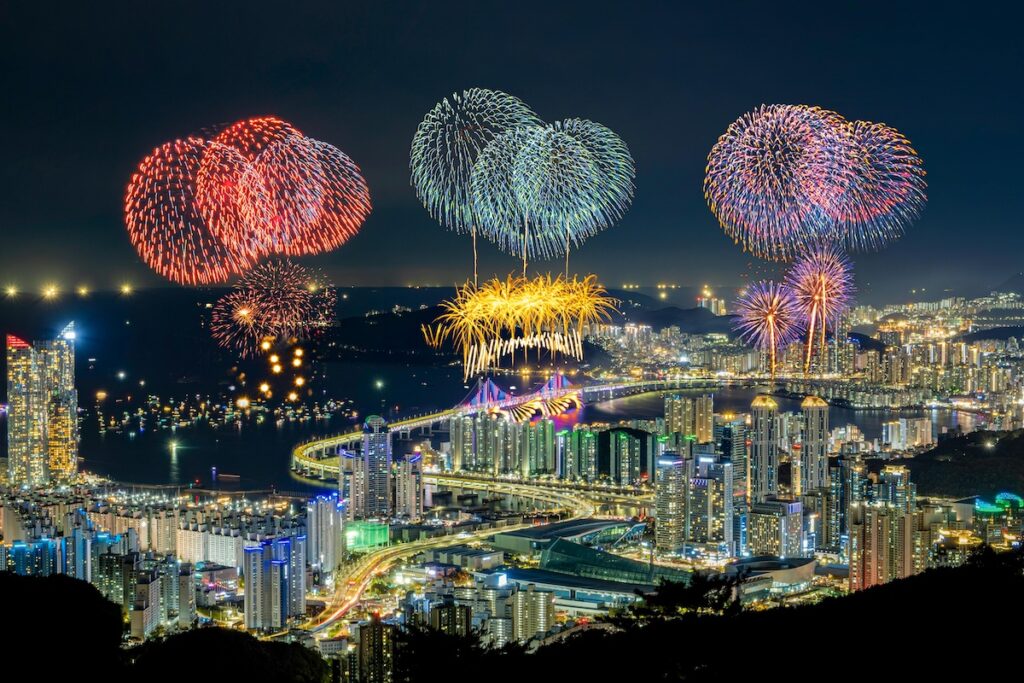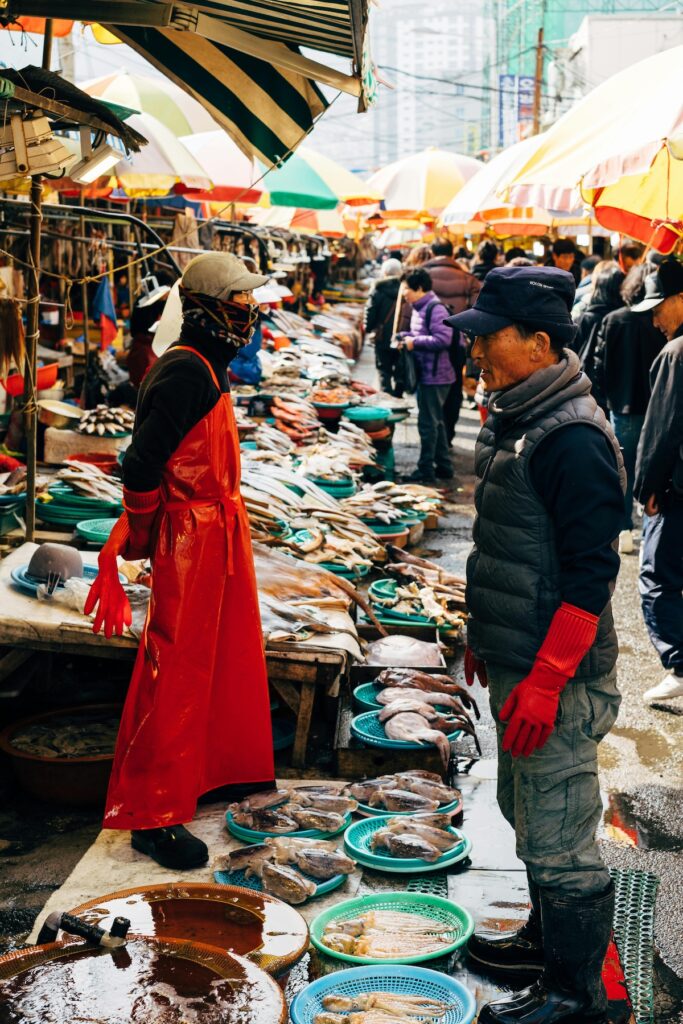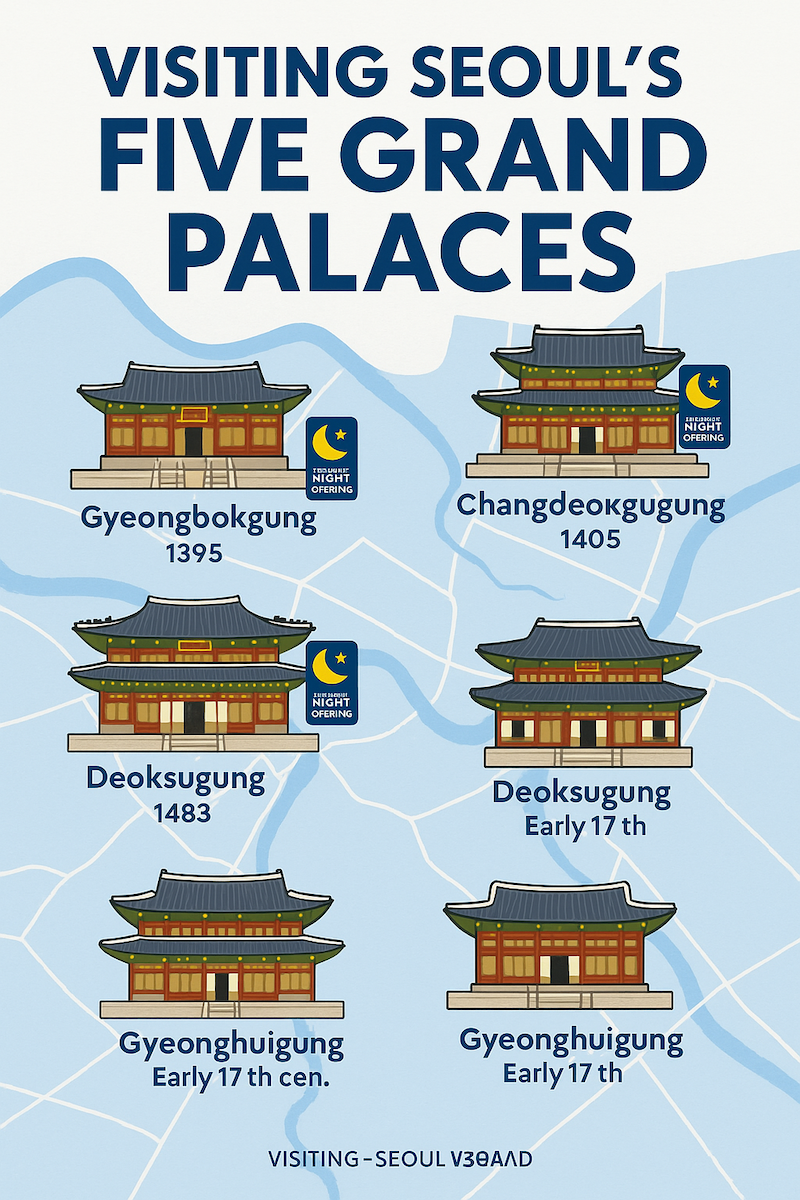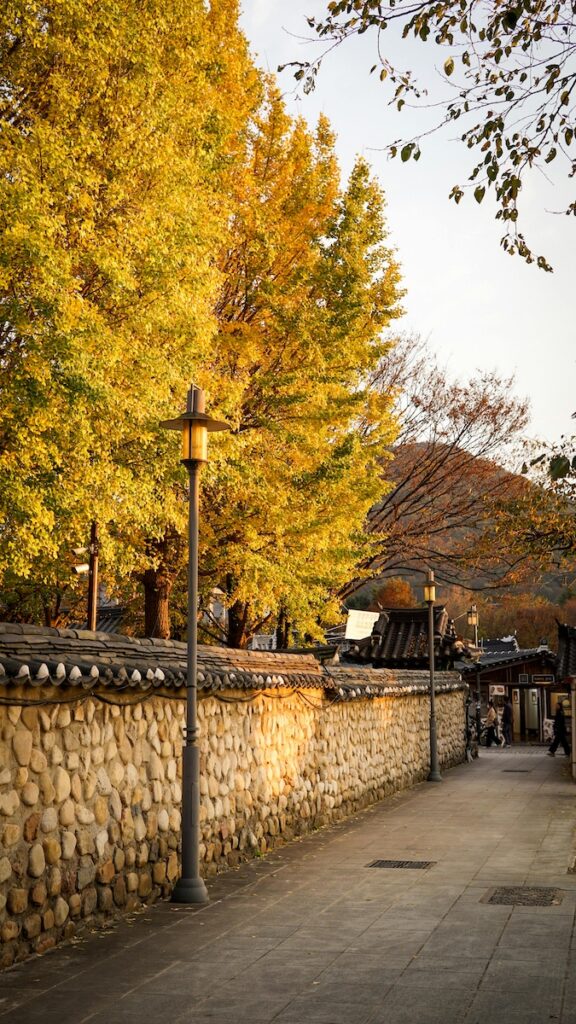Introduction
If Seoul is the heart of South Korea, then Busan is its soul. Known as the country’s second-largest city with a population of approximately 3.3 million people, Busan is often described as a unique blend of urban sophistication, seaside relaxation, and cultural authenticity. Located on Korea’s southeastern coast, it is a destination where skyscrapers meet sandy beaches, traditional markets meet modern shopping malls, and international events attract millions of visitors each year.
For foreigners living in Korea or travelers visiting from abroad, Busan is more than just a weekend trip—it’s a full cultural experience. Whether you’re looking for a day on the beach, a taste of Korea’s famous seafood, or a night filled with fireworks by the sea, Busan has something for everyone.
Getting to Busan from Seoul
One of the first questions any traveler asks is: How do I get to Busan from Seoul? Fortunately, the routes are easy, efficient, and affordable.
1. KTX High-Speed Train
- The KTX (Korea Train Express) is the most popular and convenient way to travel between Seoul and Busan.
- Travel time: About 2 hours and 30 minutes.
- Departure point: Seoul Station.
- Arrival: Busan Station, right in the city center.
- Ticket price: Around 50,000–60,000 KRW (one way).
- Advantages: Fast, comfortable, and ideal for travelers who want to maximize their time in Busan.
2. SRT (Super Rapid Train)
- An alternative to the KTX, the SRT departs from Suseo Station in southern Seoul.
- Travel time: Similar to KTX, slightly cheaper in some cases.
- Good option if you are staying closer to southern Seoul or Gangnam.
3. Domestic Flights
- Multiple airlines operate flights from Gimpo Airport (Seoul) to Gimhae International Airport (Busan).
- Flight time: About 1 hour.
- However, including travel time to the airports and security checks, total travel often takes longer than the KTX.
- Best suited for travelers connecting through Gimhae Airport to other international destinations.
4. Express Bus
- Buses depart from Seoul Express Bus Terminal or Dong Seoul Bus Terminal.
- Travel time: 4 to 5 hours, depending on traffic.
- Cost: Cheaper than trains, usually around 30,000 KRW.
- Advantage: Comfortable reclining seats and multiple departure times.
First Impressions of Busan
Upon arrival, Busan immediately feels different from Seoul. The air carries the scent of the sea, the skyline opens up to wide sandy beaches, and the pace of life feels slightly more relaxed. Yet, as Korea’s second-largest metropolis, Busan is far from being a sleepy beach town. It is an energetic hub with world-class events, lively nightlife, and a rich cultural heritage.
Foreign visitors often notice how Busan blends modern city life with its coastal charm. International travelers, students, and expats often choose Busan for its slightly more affordable lifestyle and its strong global connections, especially through Gimhae International Airport and Busan Port, one of the busiest seaports in Asia.

The Beaches: Haeundae and Gwangalli
Haeundae Beach
- Arguably Korea’s most famous beach.
- Stretches 1.5 km with golden sand and clear waters.
- Surrounded by luxury hotels, cafes, bars, and a bustling nightlife scene.
- Popular with both young Koreans and international visitors.
- Seasonal events include sand festivals, water sports, and live music.
Gwangalli Beach
- Famous for its stunning view of the Gwangandaegyo Bridge (Diamond Bridge).
- Slightly more relaxed than Haeundae but equally vibrant.
- Home to trendy cafes, seafood restaurants, and nightlife spots.
- Known for water sports like paddleboarding and jet skiing.
- Every autumn, the Busan Fireworks Festival lights up the night sky above Gwangalli, attracting over a million spectators.
- More recently, drone shows above the bridge have become a new attraction, showcasing high-tech visuals against the ocean backdrop.

Nampo-dong and the Local Food Scene
For a more traditional and authentic experience, head to Nampo-dong, located near Jagalchi Fish Market and BIFF Square.
- Street Food Paradise: Try ssiat hotteok (sweet pancakes filled with seeds), fish cakes, and tteokbokki.
- Jagalchi Market: Korea’s largest seafood market where you can eat freshly caught fish and shellfish.
- Local Vibe: Unlike the polished neighborhoods near Haeundae, Nampo-dong feels raw and lively, with neon lights, crowded alleys, and local dialects filling the air.
Foreigners often love Nampo-dong for its immersive atmosphere—it feels like stepping directly into the daily life of Busan’s residents.
Cultural Attractions and Museums
Busan isn’t only about beaches and food—it also has a rich cultural and academic side.
Museums
- Busan Museum: A must-visit for understanding the city’s long history, from ancient settlements to modern development.
- Busan Museum of Art: Home to contemporary Korean and international art exhibitions.
- UN Memorial Cemetery: A unique and solemn site where soldiers from 16 countries are buried, a reminder of Korea’s modern history.
Universities
Foreign students and visitors are often curious about Korea’s education system, and Busan is home to several prestigious universities:
- Pusan National University (PNU): Known for its beautiful campus and strong academic reputation.
- Dong-A University: Offers cultural and historical exhibitions in its museum.
- Kyungsung University: Located near trendy neighborhoods, with a youthful atmosphere.
Exploring campuses gives foreigners a glimpse of Korean student culture and daily life beyond tourist attractions.
Nightlife and Events
Busan comes alive at night, and foreigners will find plenty to enjoy:
- Seomyeon: The city’s downtown district, filled with clubs, bars, karaoke rooms, and shopping.
- Haeundae and Gwangalli nightlife: Beachside pubs and rooftop bars with ocean views.
- Busan International Film Festival (BIFF): Held every October, attracting filmmakers and celebrities from around the world.
- Busan Fireworks Festival: One of Korea’s most spectacular events, featuring music, fireworks, and special effects over the ocean.
Why Foreigners Love Busan
- Laid-back yet vibrant atmosphere – less hectic than Seoul but equally dynamic.
- Strong expat community – especially around Haeundae and Gwangalli.
- International accessibility – Gimhae International Airport connects to Tokyo, Osaka, Hong Kong, Bangkok, and more.
- Affordable lifestyle – Slightly cheaper rents and living costs compared to Seoul.
- Balance of tradition and modernity – From fish markets to skyscrapers, Busan offers both worlds.
Conclusion
Busan is more than just a beach destination—it is Korea’s coastal capital of culture, events, and community. With easy transportation from Seoul via KTX, endless beachside activities at Haeundae and Gwangalli, a vibrant street food scene in Nampo-dong, and world-class events like the Busan Fireworks Festival, the city offers foreigners a well-rounded experience of Korea. Add to this its historical museums, prestigious universities, and lively nightlife, and Busan becomes not just a place to visit, but a place to truly live and connect.
For anyone traveling to Korea or living here long-term, a trip to Busan is not optional—it’s essential.

